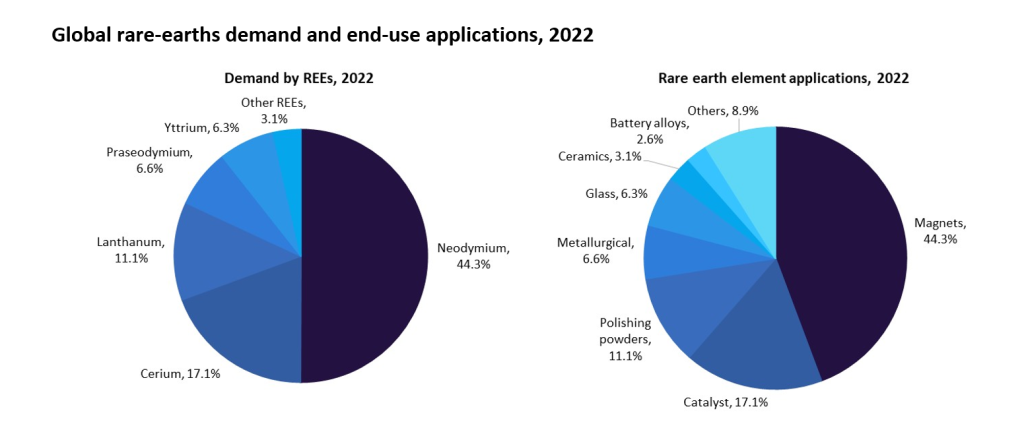It has been in the works for some time now. China is finally all set to add industrial metal sectors like steel and aluminum as well as cement to its national carbon trading market. According to media reports, the change will happen by the end of 2024.
Essentially, this means domestic steel, aluminum and cement producers will soon have to pay more for their carbon emissions. By including these three industries, China hopes that lowering emissions will help ease the impact of a new EU carbon tariff, CBAM, which goes into effect in 2026.

For those unfamiliar with the carbon trading market, it basically allows for the buying and selling of carbon credits and renewable energy certificates. The underlying principle is part of the ongoing effort to safeguard the environment and help nations meet their climate goals.
To many countries, carbon emissions trading is an essential policy for cutting greenhouse gases like carbon dioxide through market-based approaches. Chinese leaders see the effort as highlighting the country’s ongoing goal to peak carbon emissions by 2030 and reach carbon neutrality by 2060.
MetalMiner’s free monthly MMI report gives monthly price trends for 10 different metal areas, including renewables, aluminum, steel. Sign up here!
Why the Need to Include More Industries?
For several months, China has been actively contemplating the inclusion of steel and other industrial metal sectors in the domestic carbon trading market. As time went on, the country also called for public opinion to draft guidelines around emissions accounting and verification for the country’s cement sector.
According to data from its environment ministry, the national compliance market currently pertains only to the power generation sector, which contributes approximately 40% of China’s total CO2 emissions. China’s mandatory carbon market includes about 2,200 power utilities, but its effectiveness in cutting pollution has been limited by low carbon prices and taxes. To improve this, China plans to expand the three-year-old market to cover seven more sectors. All in all, the country aims to include 70% of its total emissions by 2030.

Several other Asian and Latin American countries have set up or are in the process of setting up carbon credit markets. According to a report on global greenhouse gas emissions by the International Carbon Action Partnership (ICAP), these nations see this marketplace as crucial to helping them attain their domestic climate objectives.
Meanwhile, China’s share of emissions covered by mandatory carbon markets, which currently stands at 60%, remains set to grow over the next few years, impacting both policy research and trading.
Gain the knowledge you need to save money and stay ahead of shifts in aluminum and steel market trends with MetalMiner’s Weekly Newsletter.
Industrial Metal to Join Carbon System by Year’s End
This growth will occur for two reasons. First, as developed countries like the EU, U.S., Canada and Germany reduce emissions, the global share of emissions covered by their carbon markets will shrink. Second, China’s national carbon market will soon expand beyond the power sector. By adding the steel, cement and aluminum industries, the country will cover an additional 2-3 billion tons of CO2.
Additionally, national carbon markets are on track to become much more interconnected. Currently, most countries remain focused on cutting domestic emissions. However, this will shift as international carbon markets emerge under Article 6 of the Paris Agreement and more countries introduce carbon taxes on emissions-heavy imports.

At the inaugural ceremony of the 2024 Global Energy Transformation Conference, China’s Minister of Ecology and Environment, Huang Runqiu, stressed the need to speed up green and low-carbon development in China. This makes it almost inevitable that the country will add more key emission industries into the carbon emissions trading system, including industrial metals like aluminum and steel.
According to the report, the Minister stated that over the decade ending in 2023, China maintained an average annual economic growth while increasing energy consumption by 3.2% each year and reducing energy intensity by 26.1%. During this time, coal’s share in primary energy consumption dropped from 67.4% to 55.3%. Huang also proposed three key strategies to accelerate China’s transition to green and low-carbon development.
Cut steel and aluminum expenses without compromising quality using the Monthly Metals Outlook report. Start with a free sample report snippet and subscribe for ongoing savings.




